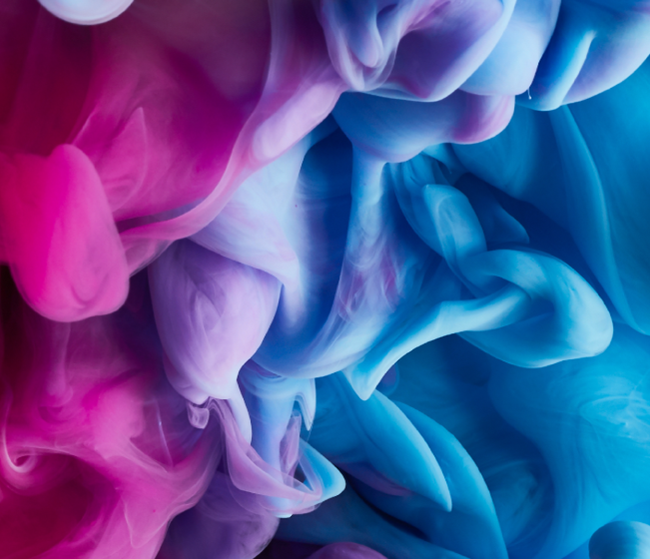
Color theory refers to the specific use of color in design elements that are meant to provoke a certain reaction from the viewer or user. In the world of marketing and advertising, color theory has been in use (either subconsciously or intentionally) for as long as colorful advertising has existed.
How Can Colors Affect User Behavior?
Color theory isn’t chiefly concerned with what looks good on your site. Design elements such as complementary colors are important, but the color theory is focused more on the emotional response of the user.
Red
Red is so energizing that it has been utilized to boost blood circulation. Red is the hue that will draw the most attention since it stands for passion and force, which is why it is frequently used for warnings and critical announcements.
Red might provoke wrath or overstimulation, so this might work against you. Use it sparingly (or at least in a lighter hue) or not at all if you’re trying to create a more laid-back vibe.
Orange
Orange is incredibly versatile and is the most subdued of the warm colors. It can be stimulating and engaging as a primary color, yet it still keeps these qualities subtly as a secondary hue. Orange also contributes to the feeling of movement and energy.
Yellow
Yellow is one of the more adaptable colors, depending on the tint. The most energizing color is a brilliant yellow that lacks the heaviness of red. Yellows in the middle of the spectrum are both relaxing and stimulating. Darker yellows, such as gold, can evoke an air of antiquity while also exuding knowledge, prudence, and inquiry.
Green
Green, despite its tendency toward the latter, crosses the gap between warm and cool colors. It thereby produces a very stable and balanced environment. Darker colors evoke more feelings of wealth and money.
Blue
Blue’s connotation, like that of yellow, varies greatly depending on the tint. All blues are calming and peaceful, but lighter hues appear friendlier while deeper hues appear solemn. While business websites choose dark colors for their dependability and strength, social media sites such as Twitter and Facebook use light and medium shades.
Purple
Purple has long been associated with royalty and exudes opulence and luxury. Purple is a popular color in fashion and luxury goods (and even chocolate—think Cadbury!). Purple is generally associated with extravagance and wealth. Darker colors appear more opulent and mysterious, whereas lighter colors, such as lavender (with pink undertones), are thought to be more romantic.
Neutrals: Black, White, and Beige
The purpose of neutral colors is to draw out the other colors in play on the web page. While you may want to keep your site totally neutral with only whites and blacks, it’s still important to know how these shades interact with one another. For example, white text on a black background makes a bold statement that exudes power. A white background with neutral or colorful text on top will look clean and simple. Beige makes for a great background color to draw the eye to more colorful elements, such as earthy greens or blues.
Color theory is about more than picking a cohesive color scheme for your brand. Understanding how consumers will react and respond to different colors will help you create a website that converts traffic to consumers. For more information on color theory, get in touch with uPro Digital! Our team of experts can craft a thoughtful and intentional site for you that uses color to influence consumers. Contact us today to get started!




